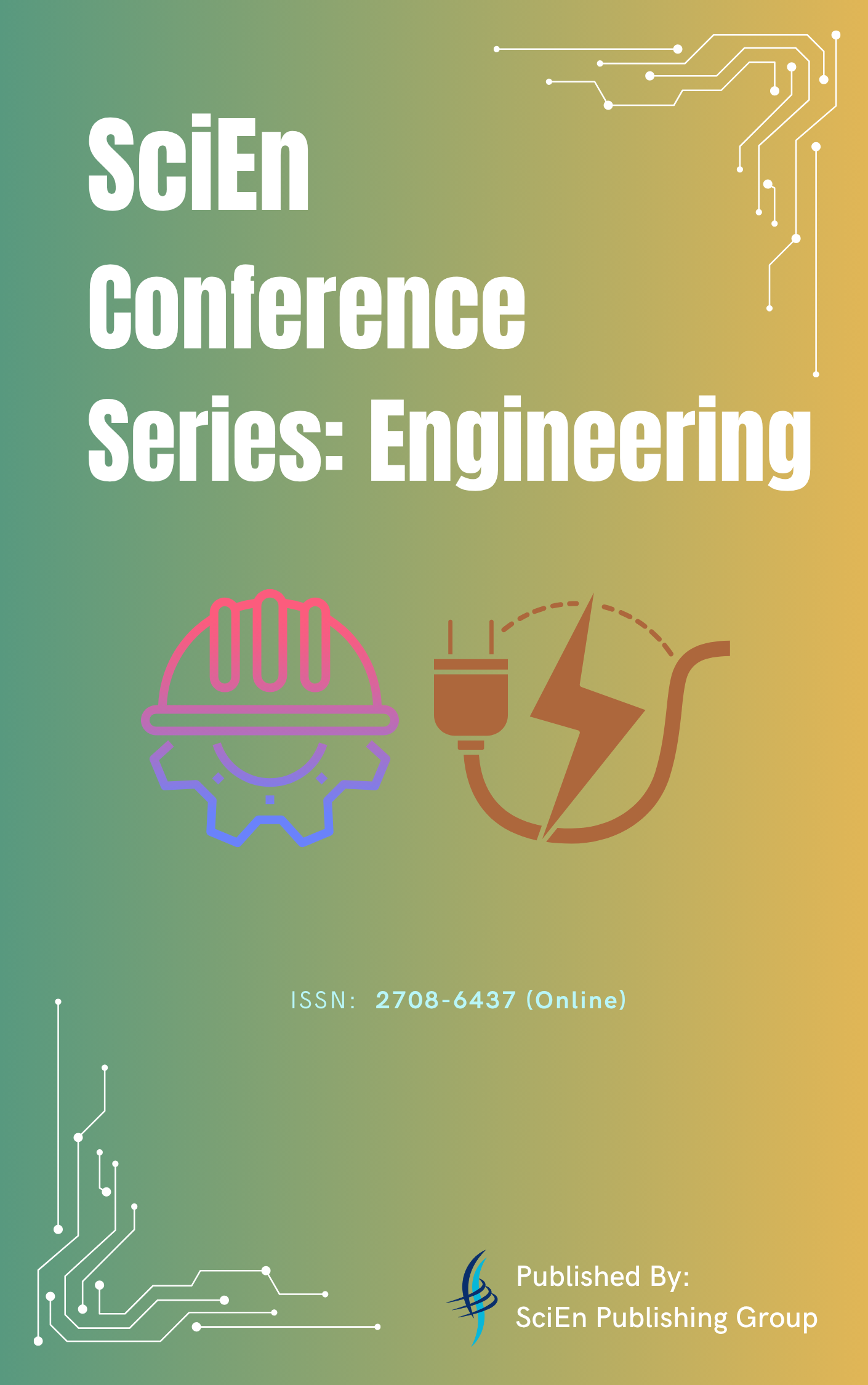Improvement of the Handover Performance and Channel Allocation Scheme using Fuzzy Logic, Artificial Neural Network and Neuro-Fuzzy System to Reduce Call Drop in Cellular Network
DOI:
https://doi.org/10.38032/jea.2020.04.004Keywords:
Fuzzy Logic, Neural Network, Neuro-Fuzzy, Dynamic Channel Allocation, SIR, HandoffAbstract
Due to handover failure, call drop occurs frequently. When a large number of incoming and handoff calls arrive at the same time, the performance of the conventional handoff algorithms may fall down. Moreover, multiple factors such as signal quality and available channels of cellular network can’t be evaluated in conventional algorithms. When mobile station (MS) moves, the connection of MS with nearby base station (BS) has to be switched from one to adjacent station. In this case, unnecessary handoffs will be occurred due to lack of proper decision of handoffs or lack of consideration about signal quality with available free channels. As a result call drop will occur frequently. For performing handoff efficiently, fuzzy logic based handoff decision algorithm, adaptive handoff threshold level using neural network and priority based dynamic channel allocation algorithm using neuro-fuzzy system has been proposed in this work. These algorithms will mainly focus on the proper decision of handoff based on evaluating signal strength, available free channels, spectrum efficiency, MS speed and distance from BS so that unnecessary and inefficient handoffs can’t be performed. Simulation revealed that using neuro-fuzzy system, the channel capacity, SIR and Handoff management were improved better than the others in terms of spectrum utilization efficiency, MS speed and SIR. The efficacy of the methodology has been proved by imitating the proposed model using MATLAB software.
References
Bindia. Aggarwal, B. 2017. Various Handoff Strategies using Fuzzy Logic. International Journal of Scientific Research and Management, 5(03), pp 5199-5203.
Nyambati, E.T. and Oduol, V.K., 2017. Analysis of The Impact of Fuzzy Logic Algorithm On Handover Decision in A Cellular Network. International Journal for Innovation Education and Research, 5(5), pp.46-62.
Atayero, A.A. and Luka, M.K., 2012. Adaptive neuro-fuzzy inference system for dynamic load balancing in 3GPP LTE. International Journal of Advanced Research in Artificial Intelligence, 1(1), pp.11-16.
Zeng, Q.A. and Agrawal, D.P., 2002. Handoff in wireless mobile networks. Handbook of wireless networks and mobile computing, 28, pp.1-25.
Mir, G.M. and Shah, N.A., 2009. Decentralized Handoff for Microcellular Mobile Communication System using Fuzzy Logic. In World Acadamy of Science, Engineering and Technology, pp. 866-870.
Garg, V., 2010. Wireless communications & networking. Elsevier.
Wang, Y.H. and Liao, S.L., 2017, March. Applying a fuzzy-based dynamic channel allocation mechanism to cognitive radio networks. In 2017 31st International Conference on Advanced Information Networking and Applications Workshops (WAINA) (pp. 564-569). IEEE.
P.Ramu. 2014. Optimized Handoff Scheme using Fuzzy Logic.Report, Jaya Institute of Technology, Chennai, India.

